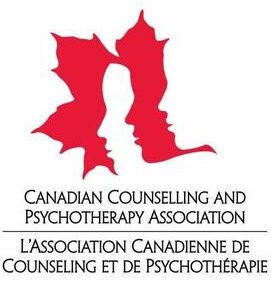Happiness

I wrote before about understanding the nature of suffering, and so I thought the logical progression would be then to talk about its complement, the thing we do want – happiness. If we accept that suffering is made of resistance, it holds that happiness is the lack of resistance. If you look closely, you’ll see how true this is.
Our biggest block to happiness is simply that we don’t understand what it really is. We tend to think that happiness is a feeling that we need to attain via conditions being met. However, it is truer that it is actually the state that is left when we relax the impulse to attain. As Rupert Spira points out, happiness is simply what happens when we accept that the present moment is OK the way it is. So, happiness is there when we stop thinking that there is something wrong, when we stop resisting what is. Happiness comes to us when we achieve goals or attain objects or states, only because in our attainment we temporarily relax our otherwise persistent belief that there is something wrong with our world. But the shine wears off and soon the mind finds fault, and therefore disquiet, in experience. And then we start searching again. Rinse and repeat. When does it end? Perfect conditions cannot stay. So this is a setup for perpetual frustration.
The problem here is that we have tied the idea of happiness to the attainment of external conditions, rather than the relaxing of internal ones. We can’t control the outside world (though heaven knows we try!) but we can control our internal reactions. If we don’t shift our focus from the world we can’t control, to the self that we can, our happiness will continue to be fleeting. Human condition, anyone?
In the ACT model of therapy, it is acknowledged that our cultural ideas of happiness have some powerful and unhelpful myths embedded in it. The primary one being that if you are not happy, there is something wrong with you. This is a devastating cultural idea that wreaks havoc in us all. When we collectively agree that this is true, then sadness becomes pathologized, and moods become things to be feared.
As I usually tell my clients, this is the same thing as saying “It is supposed to be a mild summer day, all the time, and when it’s not, then there is something wrong that we need to fix.” But the world has seasons, and so do human lives, and it is no more realistic to pretend you should not get sad, than to pretend that the sun should never set. Sadness and pain is not insanity: the rejection and resistance to sadness and pain is insanity.
What if you didn’t believe that your moods were a problem? What if, when sadness came, it could be embraced with curiosity and kindness, instead of self-punishment and an internal war? The irony is that if you could absolutely not resist sadness, you could find peace right in its core. That is how and why happiness is possible even in the worst of conditions: in reality it is only ever found inside you.
This is all fine and dandy, but even if this is true, how do you get there? In all therapy, self-growth and spirituality, the core of the process is always the awareness of maladaptive ideas of self and the world, and the dissolving of them. We do this in so many ways: through cognitive therapy-type skills such as self-inquiry, through experiential practices of opening to feelings, through awareness exercises, through reprocessing of old neural systems through EMDR. The theory is simple, but the way takes time, patience, and practice: we are going against the grain of all the learning from all your years of life. It’s gonna take some practice!
Instead of trying to reach for happiness, the work of therapy is to work on dissolving the blocks to seeing that it is already there. The blocks manifest in different ways for all of us, and we usually are so steeped in them, we cannot see but through the coloured lens of our own beliefs. The therapist can act as an objective witness, helping the client to identify and reframe old ideas of resistance. This inevitably will lead to the subjective experience of more happiness.
People come to me saying, essentially, “Help me to be happier”. And that is for sure what I’m all about. But then it seems ironic that I want to talk more about their dark emotions and fears than how to achieve their goals. The way to let more light into the room is by cleaning the windows that are already there, not by trying to trap the beam of light as it trickles through. You can illuminate a whole room with a small, clean, focused window. Your capacity to be happy could not be broken. The light is not going anywhere, and never has. You may just need to clean your perspective a bit. The good news is that this is something we can all do. My job is to find the best, quickest and most efficient way for you.
And you know, it can actually be so, so much fun.






